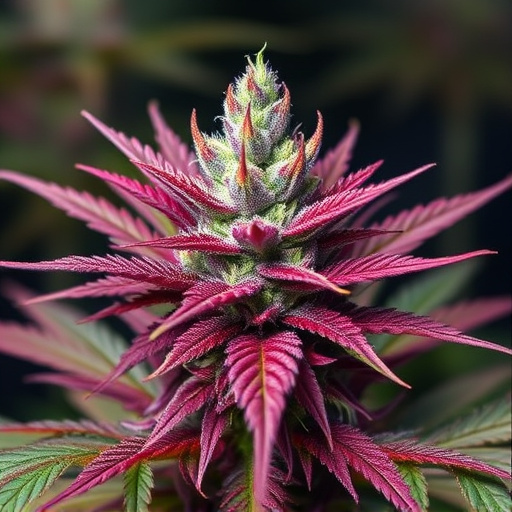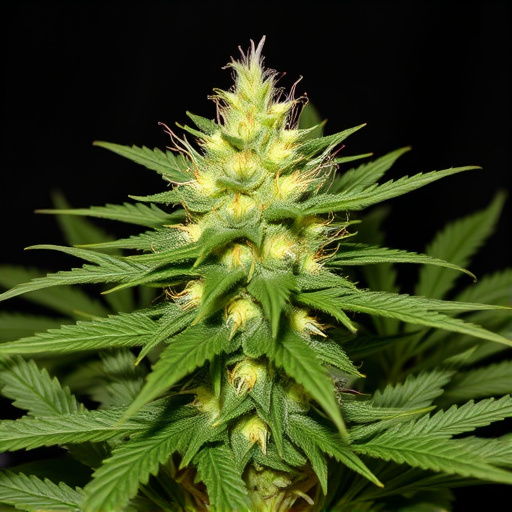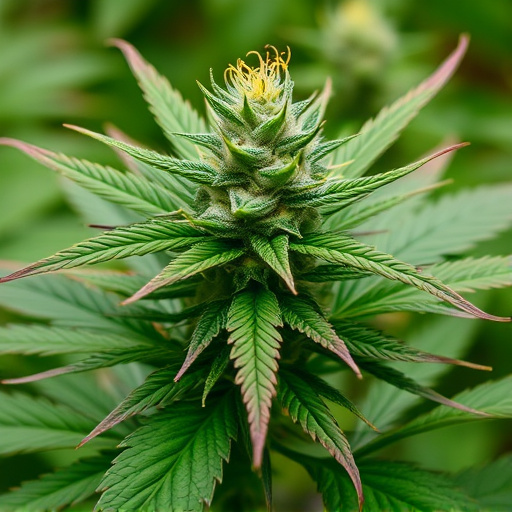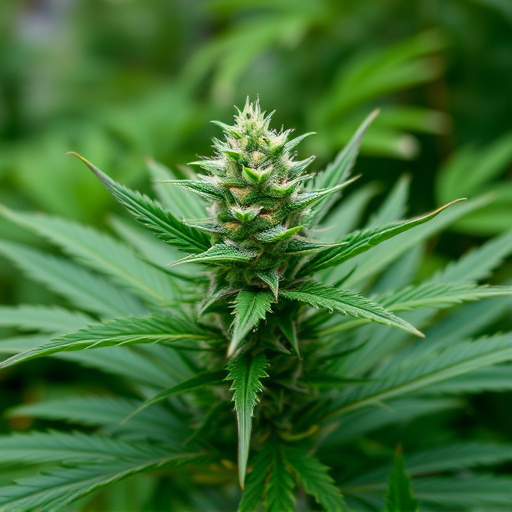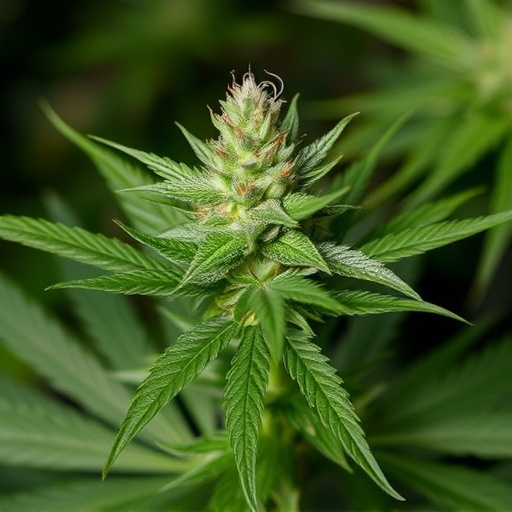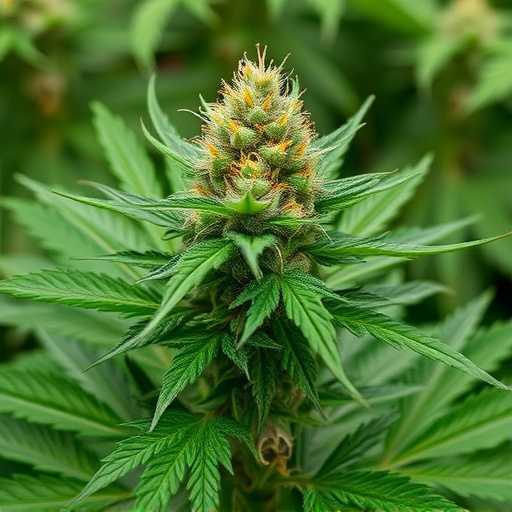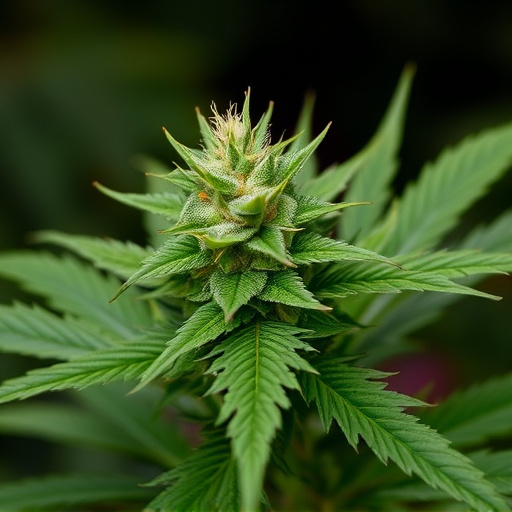The effectiveness of cannabis as medicine depends on its complex chemical makeup, with varying cannabinoid (like THC and CBD) and terpene (aroma and flavor compounds) profiles offering diverse therapeutic benefits. Specific strains like Blue Dream for pain or OG Kush for anxiety are recommended based on individual needs, considering age, conditions, metabolism, and consumption methods. Choosing the best strains of medical cannabis ensures a personalized and effective treatment experience tailored to specific symptoms and patient responses.
Discover how cannabis flower’s diverse effects can cater to individual needs. This comprehensive guide explores the intricate relationship between cannabis and its users, delving into the varying impacts based on specific medical conditions and unique personal factors. Understanding these variations unlocks the potential for patients to harness the benefits of best strains of medical cannabis, ensuring tailored relief and improved quality of life. From anxiety and pain management to sleep aid, learn how different profiles can offer personalized solutions.
- Understanding Cannabis Flower Effects: A Comprehensive Look
- Best Strains for Different Medical Conditions
- Personal Factors Influencing Cannabis Experience
Understanding Cannabis Flower Effects: A Comprehensive Look

Cannabis flowers offer a wide range of effects, making them a complex topic to navigate. Understanding these effects requires a comprehensive look at how different cannabinoids and terpenes interact with our bodies. Each strain of medical cannabis—including best strains known for their therapeutic properties—carries a unique blend of these chemical compounds. For instance, strains high in THC (tetrahydrocannabinol) are often associated with more intense mental effects, while those rich in CBD (cannabidiol) provide more subtle psychological benefits and significant anti-inflammatory effects without the psychoactive high.
Terpenes further add to cannabis’ complexity, contributing to its aroma and flavor profiles while also offering potential therapeutic advantages. Myrcene, for example, is known for its sedative properties, making it appealing for treating insomnia or anxiety. Pinene has been linked to improved lung health and cognitive function, while limonene boosts mood and reduces stress. By understanding the specific combinations of cannabinoids and terpenes in various strains, users can make more informed decisions about which best strains of medical cannabis suit their individual needs and preferences.
Best Strains for Different Medical Conditions
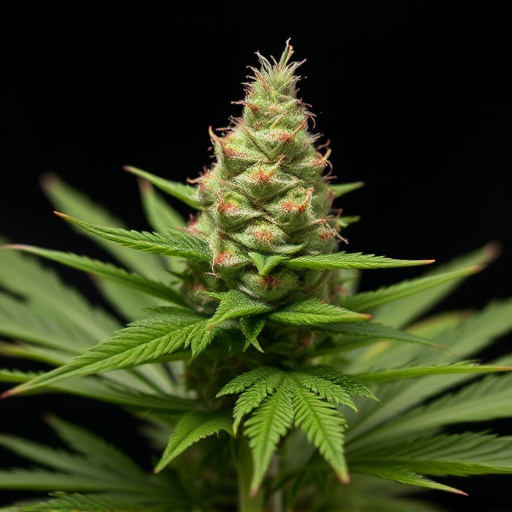
When it comes to using medical cannabis, choosing the right strain is crucial for achieving desired therapeutic effects. Different conditions call for different best strains of medical cannabis. For instance, patients seeking relief from chronic pain may benefit most from indica-dominant strains known for their relaxing and sedative properties. These include popular options like Blue Dream, Granddaddy Purple, and Bubble Gum, which have been shown to reduce muscle spasms and promote sleep.
On the other hand, those dealing with anxiety or depression might find relief in sativa-rich varieties known for their uplifting and energizing effects. Strains such as OG Kush, Super Silver Haze, and Blue Sky are renowned for improving mood, stimulating appetite, and providing mental clarity. Additionally, hybrid strains that combine both indica and sativa properties offer a balanced approach, making them suitable for a wide range of medical conditions. Examples include Sour Diesel, Girl Scout Cookies, and Northern Lights, each with unique profiles tailored to specific patient needs.
Personal Factors Influencing Cannabis Experience

The experience each individual has with cannabis flower varies greatly, and personal factors play a significant role in this variation. Age, for instance, can influence how one perceives the effects; younger users may feel more intense highs, while older individuals might find relief with lower doses. Pre-existing conditions and medical history are also crucial considerations. Those seeking treatment for chronic pain or anxiety may prefer indica strains known for their relaxing properties, whereas patients with multiple sclerosis could benefit from sativa varieties that stimulate appetite and reduce muscle spasms.
Moreover, individual metabolism and tolerance levels contribute to the diverse experiences. Heavy cannabis users might find that certain strains offer less pronounced effects than they’ve become accustomed to, while occasional consumers may experience more vivid sensations. The method of consumption also matters; smoking versus edibles, for example, can lead to different outcomes due to varying absorption rates. Ultimately, understanding personal responses and choosing the best strains of medical cannabis tailored to specific needs is key to a positive and effective experience.
When it comes to cannabis flower, individual experiences can vary greatly due to a combination of biological, psychological, and environmental factors. Understanding these differences is key to navigating the world of medical cannabis. By considering personal tolerance, specific medical conditions, and preferred effects, individuals can discover their own unique “best strains” for optimal therapeutic benefit. Personalized approach to cannabis use ensures that each person can find relief or enjoyment without adverse reactions, capitalizing on the diverse range of effects offered by different cannabis flower varieties.

